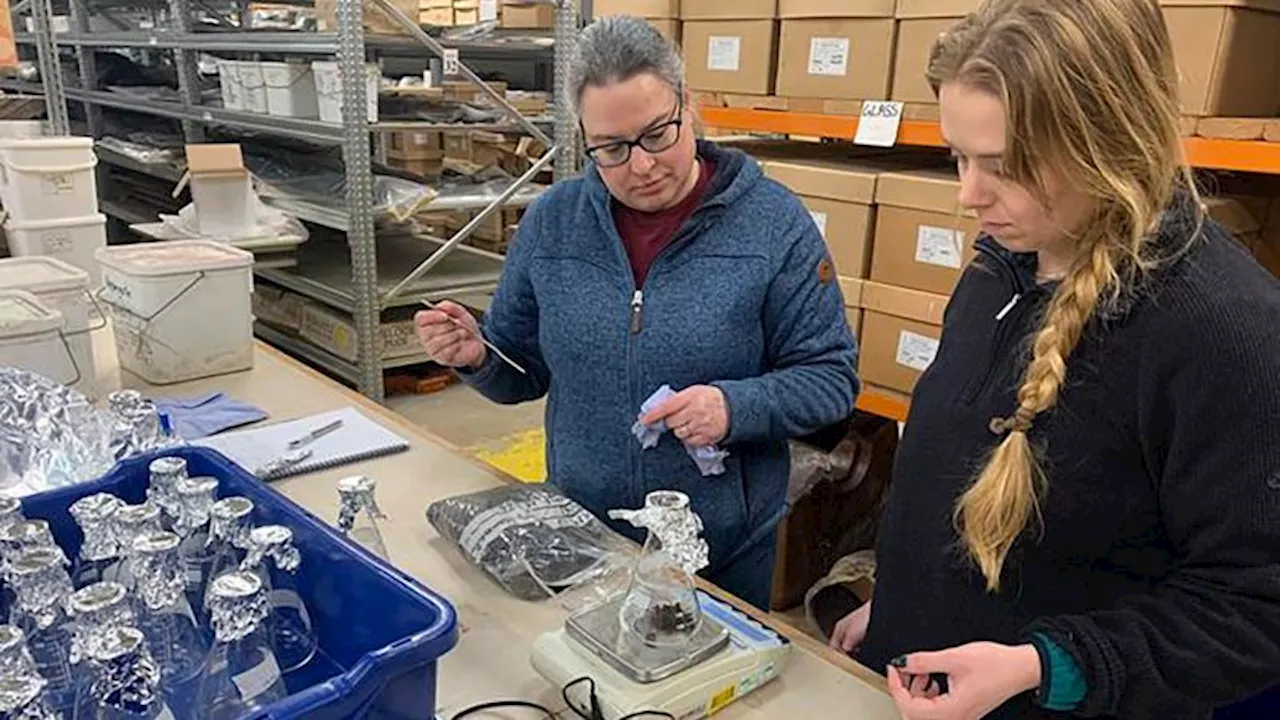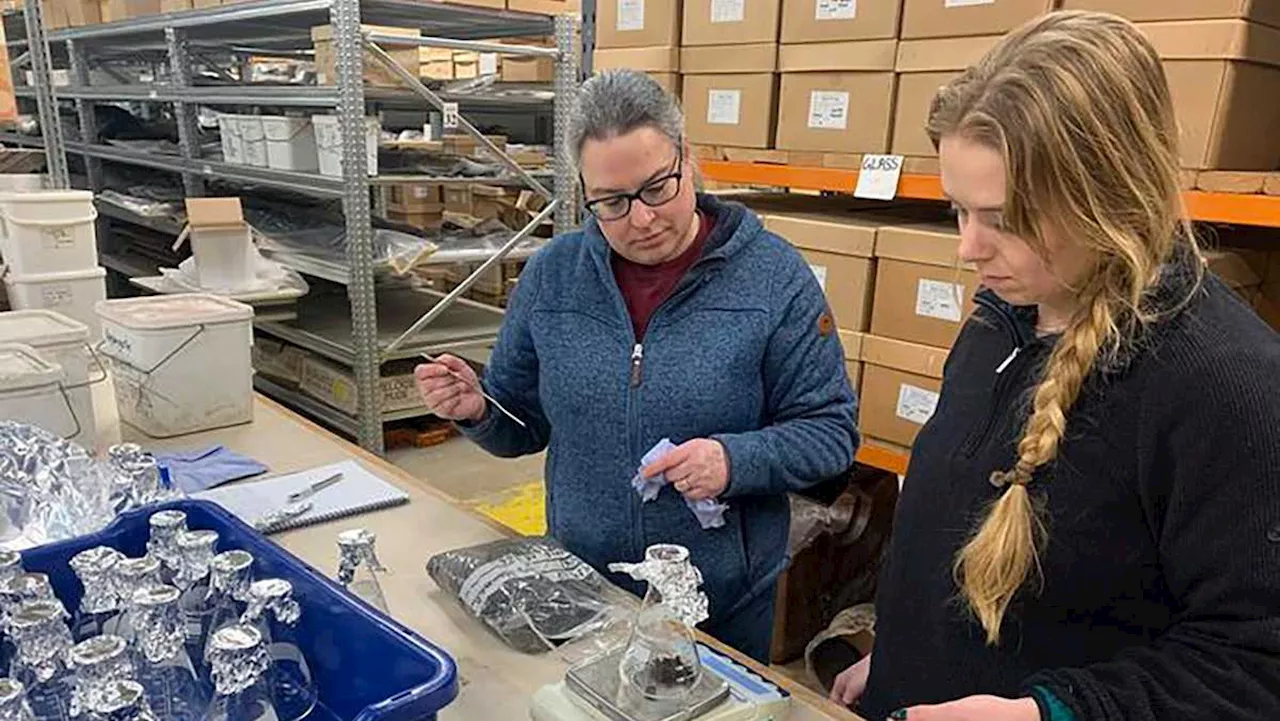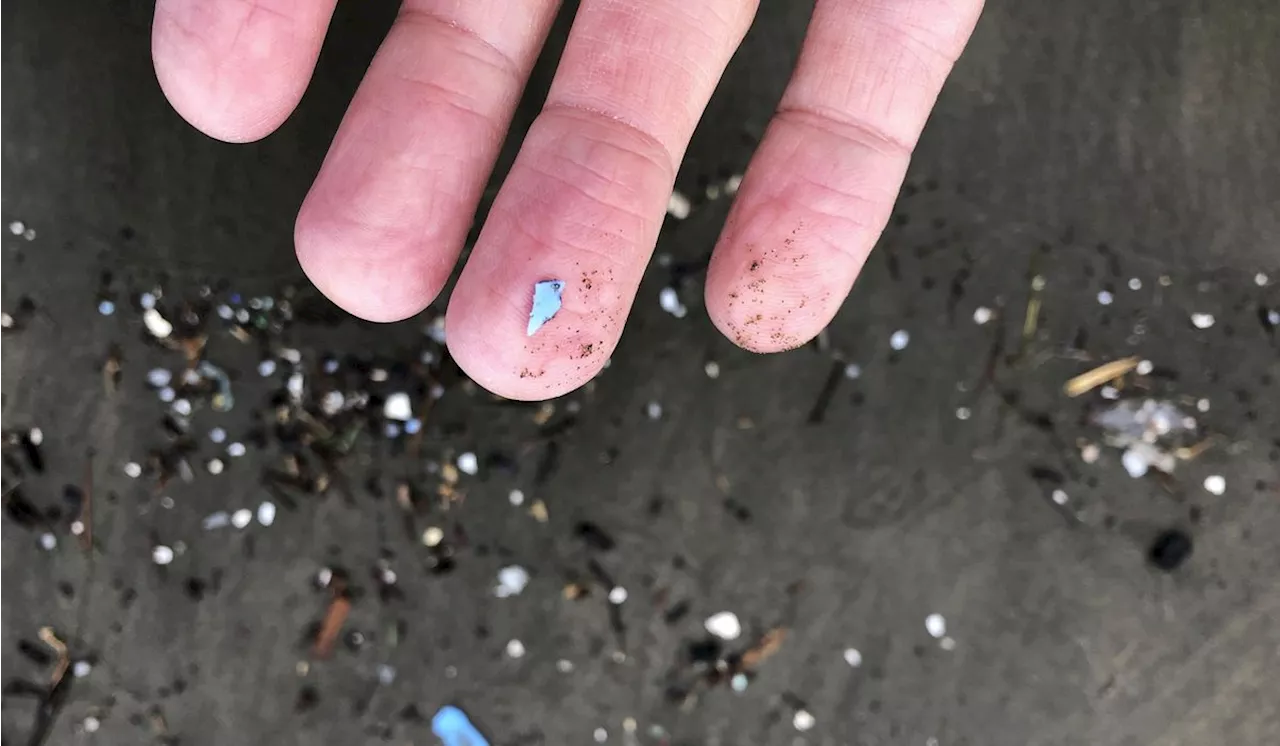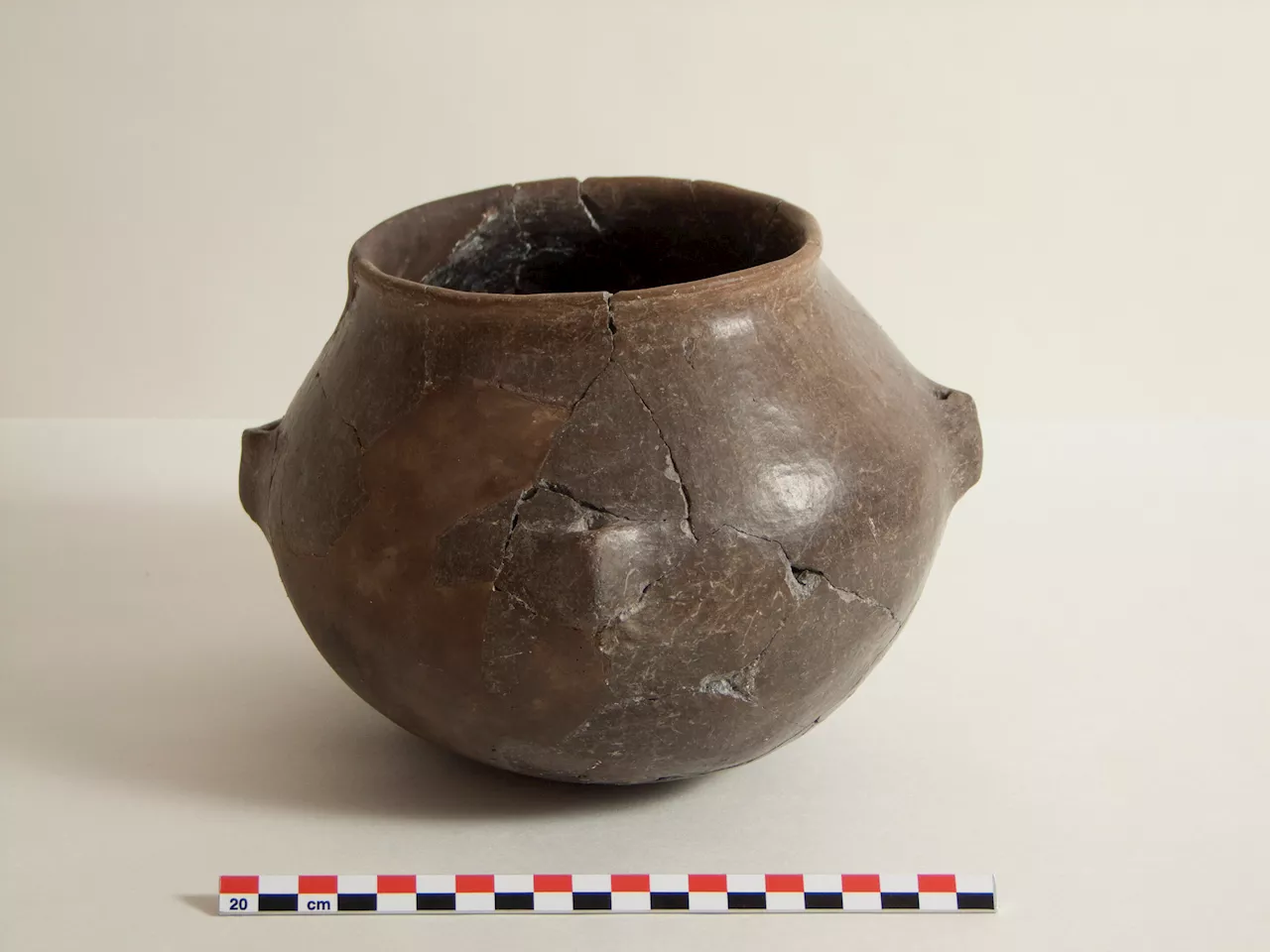It’s practically impossible.
An archaeological find revealed in eastern France offers a never-seen-before mix of enclosures.The site was in use across at least three distinct time periods.Linked in part to burials, researchers hope further study reveals more about the site’s dating and purpose. As if one ancient circular enclosure wasn’t enough to evoke intrigue at an archaeological find in Eastern France, three interconnected enclosures raised the bar.
A bundle of artifacts—including seven flint arrowheads, two archer’s bracers, a flint lighter, and a copper alloy dagger—discovered in the site’s ditches correspond to cut flints, suggesting attribution to the Neolithic period, potentially as far back as 10,000 BC to 2,200 BC. Radiocarbon analytics is planned to help determine exact dating. The team located an armband with traces of iron oxide tied to pyrite, indicating it could have been used to light fires.
United States Latest News, United States Headlines
Similar News:You can also read news stories similar to this one that we have collected from other news sources.
 Archaeologists are now finding microplastics in ancient remainsMicroplastics have been found in historic soil samples for the first time, according to a new study, potentially upending the way archaeological remains are preserved.
Archaeologists are now finding microplastics in ancient remainsMicroplastics have been found in historic soil samples for the first time, according to a new study, potentially upending the way archaeological remains are preserved.
Read more »
 Archaeologists are now finding microplastics in ancient remainsMicroplastics have been found in historic soil samples for the first time, according to a new study, potentially upending the way archaeological remains are preserved.
Archaeologists are now finding microplastics in ancient remainsMicroplastics have been found in historic soil samples for the first time, according to a new study, potentially upending the way archaeological remains are preserved.
Read more »
Archaeologists are now finding microplastics in ancient remainsEditor&8217;s note: Sign up for CNN’s Wonder Theory science newsletter. Explore the universe with news on fascinating discoveries, scientific advancements and more.
Read more »
 Archaeologists finding microplastics in ancient remainsIn an unprecedented scientific revelation, ancient soil samples have borne witness to the infiltration of microplastics, marking their presence in historical contexts where none would expect them.
Archaeologists finding microplastics in ancient remainsIn an unprecedented scientific revelation, ancient soil samples have borne witness to the infiltration of microplastics, marking their presence in historical contexts where none would expect them.
Read more »
 Archaeologists illuminate ancient culinary practices using chemical biomarkersCeramic pots endure the corrosive effects of thousands of years, and organic remains preserved inside the pores can shed light on the culture, values, diets, and daily life of societies. This research is achieved with the help of biomarkers.
Archaeologists illuminate ancient culinary practices using chemical biomarkersCeramic pots endure the corrosive effects of thousands of years, and organic remains preserved inside the pores can shed light on the culture, values, diets, and daily life of societies. This research is achieved with the help of biomarkers.
Read more »
